
E-mail: font@focusonnature.com
Phone: Toll-free in USA 1-888-721-3555
or 302/529-1876
 |
PO Box 9021,
Wilmington, DE 19809, USA E-mail: font@focusonnature.com Phone: Toll-free in USA 1-888-721-3555 or 302/529-1876 |
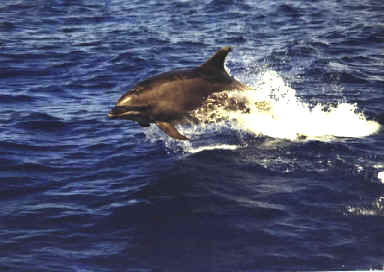 MAMMALS
MAMMALS
and Other Nature
in North Carolina
1992 thru 2014
during the months of May, June,
July, August
Noting those during
Focus On Nature Tours
with an (*)
Lists compiled by Armas Hill
PHOTO AT
RIGHT:
an "OFFSHORE" COMMON BOTTLE-NOSED DOLPHIN
Lists follow here of Land Mammals & Marine Mammals
with a subsequent list of
"Other Marine Life"
and a note pertaining to "nature in the Sky".
After the (*), numbers in the following list reflect the number of years found
(out of 8
- the number of years for which mammal & other wildlife records have been kept).
Codes:
(i): introduced species
(p): seen during offshore pelagic trip
(ph): species with a photo in the FONT website
Links:
Birds during Previous FONT North Carolina
Tours
Butterflies of Eastern North America,
inc, North Carolina
Moths of Eastern North America, incl. North Carolina
Dragonflies & Damselflies of Eastern North America, incl. North Carolina
Amphibians & Reptiles of Eastern North America, inc. North Carolina
Upcoming FONT Birding & Nature Tours in North Carolina
Directory
of Photos in this Website, in this list & others
Land Mammals:
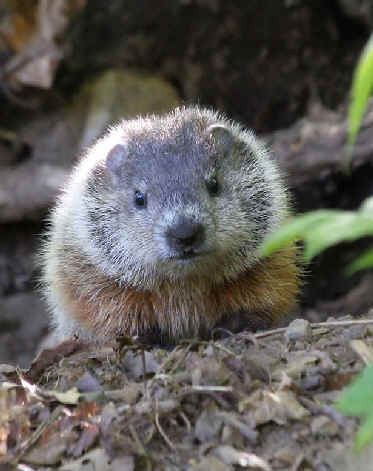
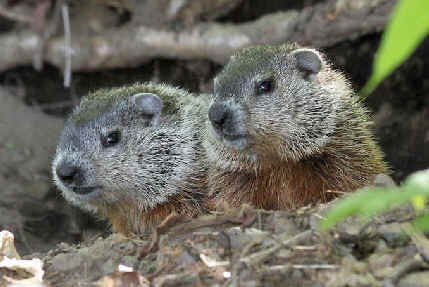
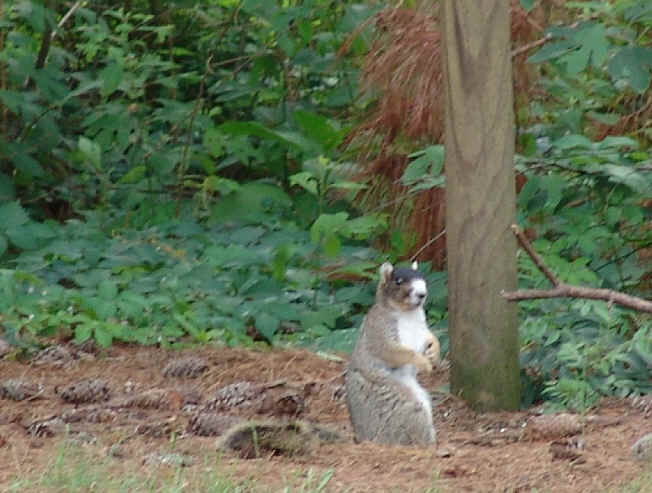
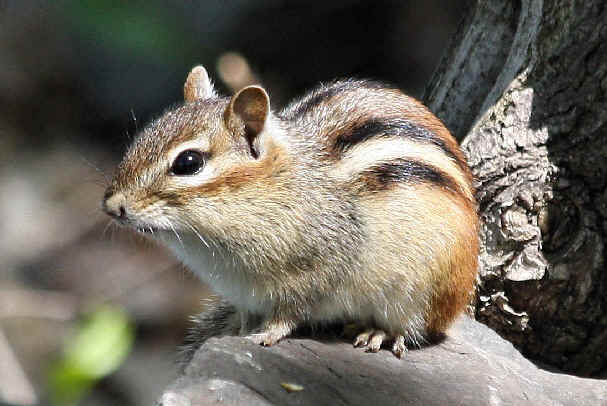
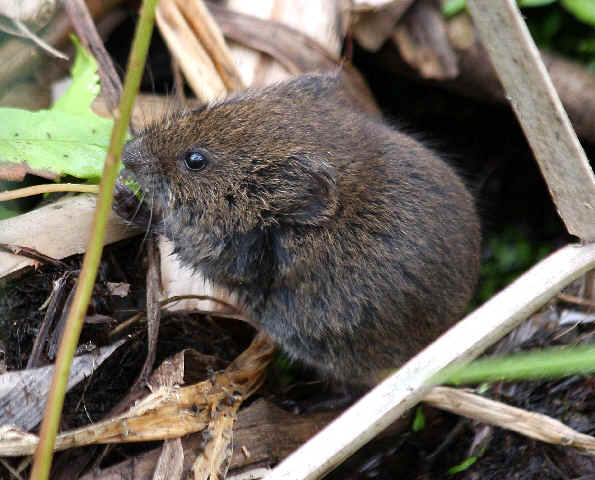
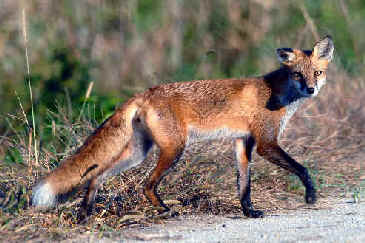
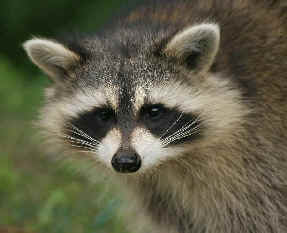

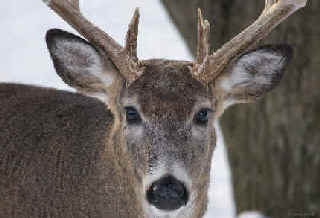
Marine Mammals:
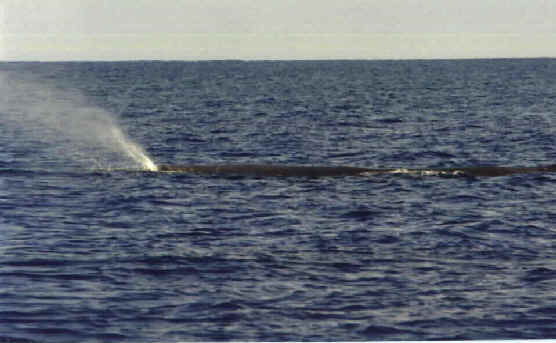
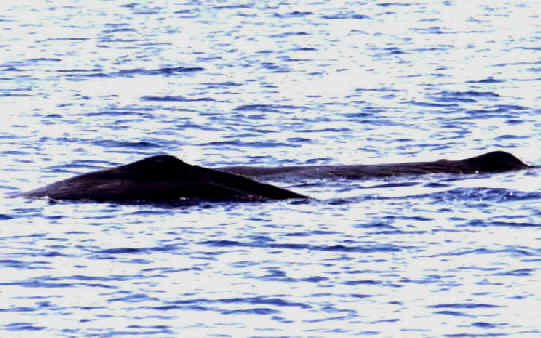
During 3 August 1998 FONT NC pelagic trips, 9 Cuvier's Beaked Whales were seen.
In May of 1999, 3 species of beaked whales
were seen: Cuvier's, Blainville's, and True's.
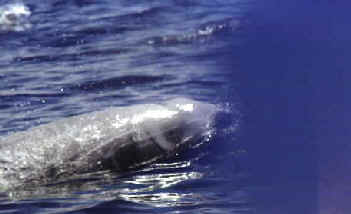
Cuvier's Beaked Whale
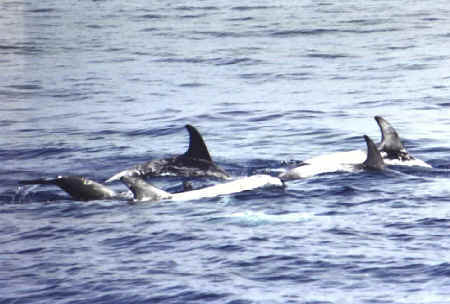
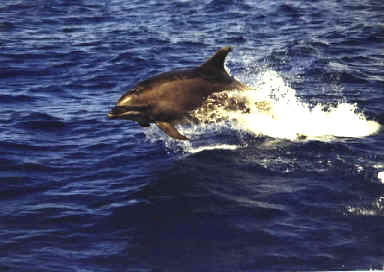
Clymene (or Short-snouted Spinner)
Dolphins, during the August 10, 1998 FONT pelagic trip, were said to
be the first for
North Carolina offshore waters.
Reference for the above mammal lists is the book: "Mammals of North America" by Roland W.
Kays & Don E. Wilson, published by Princeton Univ Press, 2002.
Other Nature:
In the sea:
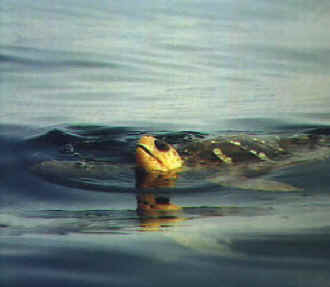
in the sky:
the Perseid Meteor Shower ______
(In the clear sky above an inland area with no "city lights".
The display of meteors about midnight in August can be superb.)